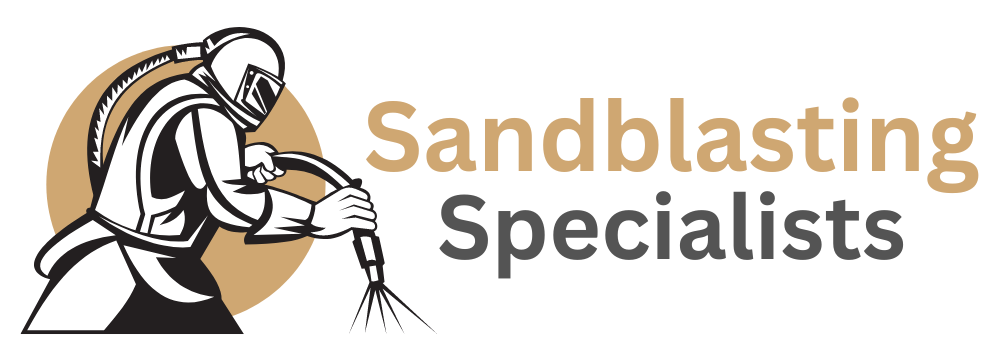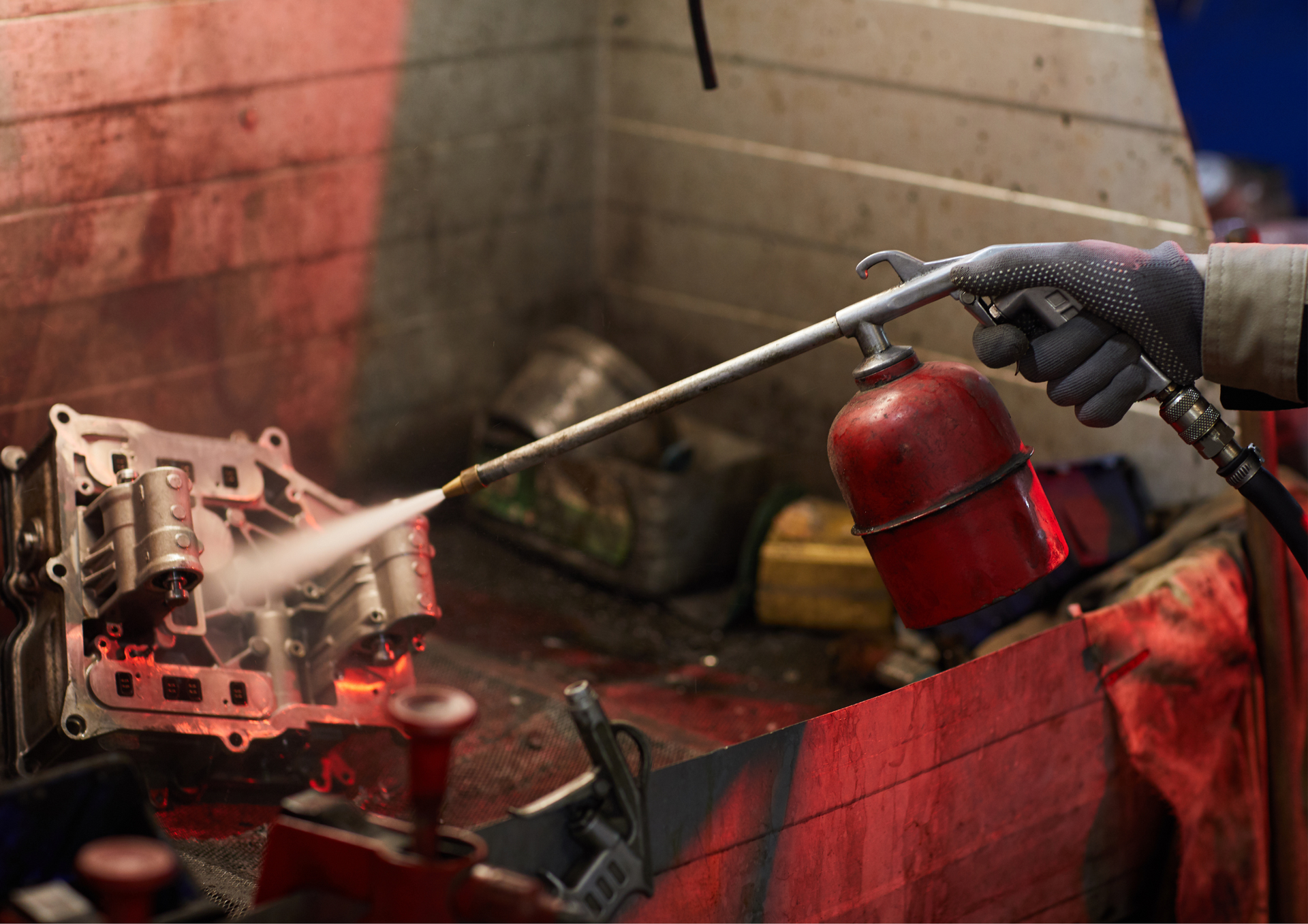Different Types of Sandblasting Media for Various Applications
Sandblasting is a vital process across numerous industries, from construction and automotive manufacturing to marine shipbuilding and metal fabrication. At the heart of this process lies the choice of sandblasting media, which significantly influences the quality and efficiency of surface preparation or cleaning tasks. Understanding the different types of media available can help businesses and individuals select the best option for their specific needs.
What is Sandblasting Media?
Sandblasting media refers to the abrasive materials propelled at high speed during the sandblasting process to clean, smooth, or roughen surfaces. These media vary widely in composition, size, and hardness, affecting how they interact with the surface being treated. Whether preparing steel for painting, removing rust from automotive parts, or cleaning delicate historical structures, the right media ensures an effective and safe outcome.
The choice of media depends largely on the surface type and the desired finish. Some materials provide a gentler touch, while others are suitable for heavy-duty cleaning. Knowing these differences is essential for anyone involved in sandblasting, whether in an industrial setting or undertaking a restoration project.
Common Types of Sandblasting Media
Several types of media are widely used in sandblasting, each offering unique benefits suited to different tasks. Traditionally, silica sand was a popular choice due to its abrasive nature and effectiveness in tough cleaning jobs. However, concerns about health risks related to silica dust have led to a decline in its use, with safer alternatives now preferred. Glass beads are often chosen when a smooth, polished finish is required, making them ideal for delicate surfaces like automotive parts or decorative metalwork.
Aluminium oxide stands out for its hardness and durability, making it suitable for heavy-duty cleaning and surface preparation in manufacturing and construction. Steel grit, known for its sharp edges, excels at quickly removing rust and scale, particularly in shipbuilding and heavy machinery maintenance. Garnet, a natural mineral, provides effective cleaning without causing excessive wear on equipment and is also used in waterjet cutting.
Choosing the Right Sandblasting Media for Different Industries
Different industries have distinct needs that call for specific types of sandblasting media. In construction, preparing concrete and steel surfaces for coatings often involves using medium to coarse abrasives such as garnet or aluminium oxide, which effectively remove old paint, rust, or contaminants.
The automotive manufacturing and restoration sectors focus on removing paint and rust without damaging the underlying metal, favouring gentler media like glass beads and walnut shells to preserve intricate details. In marine shipbuilding and the oil and gas industries, where heavy corrosion and scale build-up are common, harder and sharper media such as steel grit or aluminium oxide are essential for thorough surface preparation to maintain structural integrity.
Factors to Consider When Selecting Sandblasting Media
Several key factors should be taken into account to ensure the best results. The surface material and its condition are paramount; softer surfaces require gentler media to prevent damage, while harder metals can withstand more abrasive options. The desired finish quality also influences the choice, whether the goal is to roughen a surface for paint adhesion or to polish it for aesthetic purposes.
Environmental and safety considerations play a role too, with some media producing less dust and posing fewer health risks for operators and the environment. For example, natural garnet and walnut shells are more eco-friendly options.
Cost and reusability are important factors, as some media can be recycled multiple times, reducing operating expenses. Steel grit is often reusable, whereas silica sand typically is single-use, impacting the overall cost-efficiency of the blasting operation.
Sandblasting Equipment and Local Service Options
Alongside the selection of media, having the right sand blasting equipment for sale is crucial to achieve the best results. Equipment must be compatible with the chosen media type and able to deliver the correct pressure and flow rate. Businesses looking to invest in their own machinery will find a range of options designed for different media and project scales.
For those not wishing to purchase equipment, local blasting services provide convenient access to professional blasting solutions. A simple search for media blasting near me often reveals nearby experts equipped to handle jobs with the correct media and machinery, ensuring quality outcomes without the need for upfront equipment costs.
Additionally, a reliable media blaster service can offer tailored advice and support, helping clients choose the best media for their project while handling the technical aspects of blasting safely and efficiently.
Selecting the right one is fundamental to achieving efficient and high-quality surface preparation across diverse industries. Whether working in construction, automotive restoration, marine shipbuilding, or metal fabrication, understanding the different types of media and their applications ensures the best finish with minimal surface damage and operational cost.
Choosing the correct media, paired with suitable equipment and expert advice, can make all the difference between a subpar result and a professional finish that extends the life and appearance of surfaces and components.
At Sandblasting Specialists, we combine years of experience with industry knowledge to offer reliable, professional service tailored to your unique requirements. With a focus on precision and professionalism, choosing us means you benefit from the best solutions available, helping you achieve outstanding results every time.
Quick read on X: Find the right
sandblasting media for any application!



